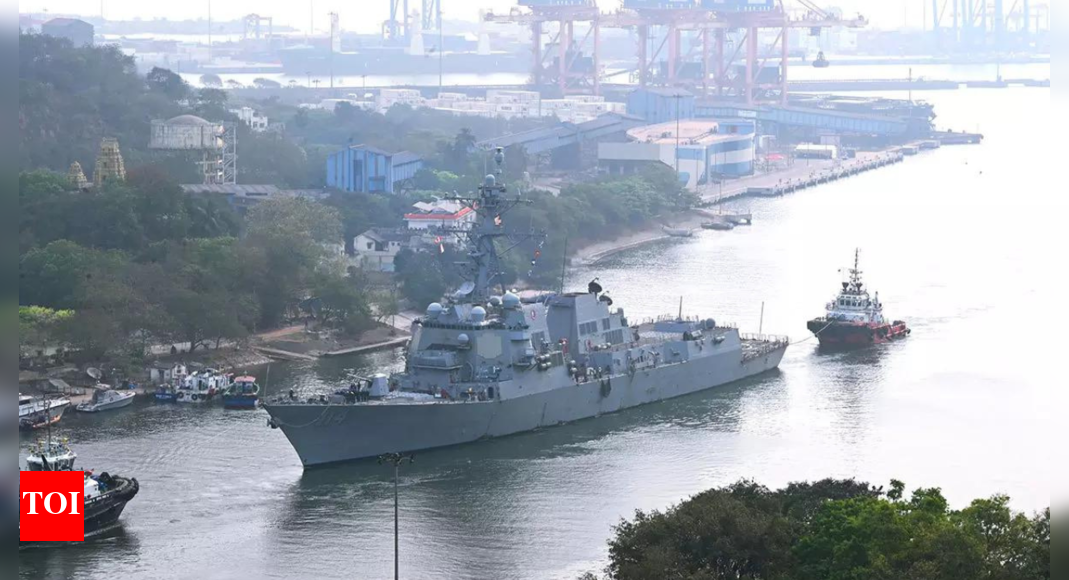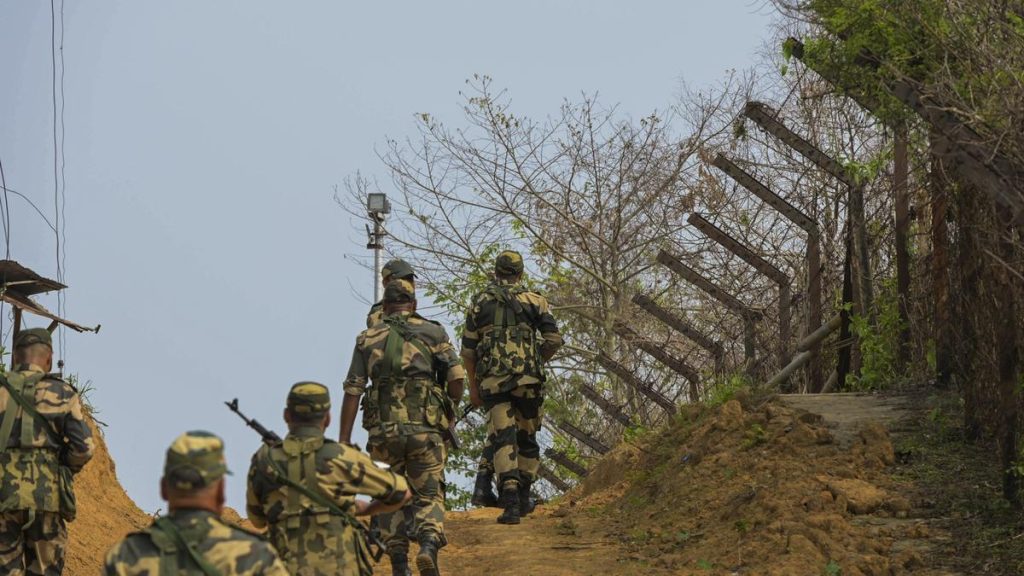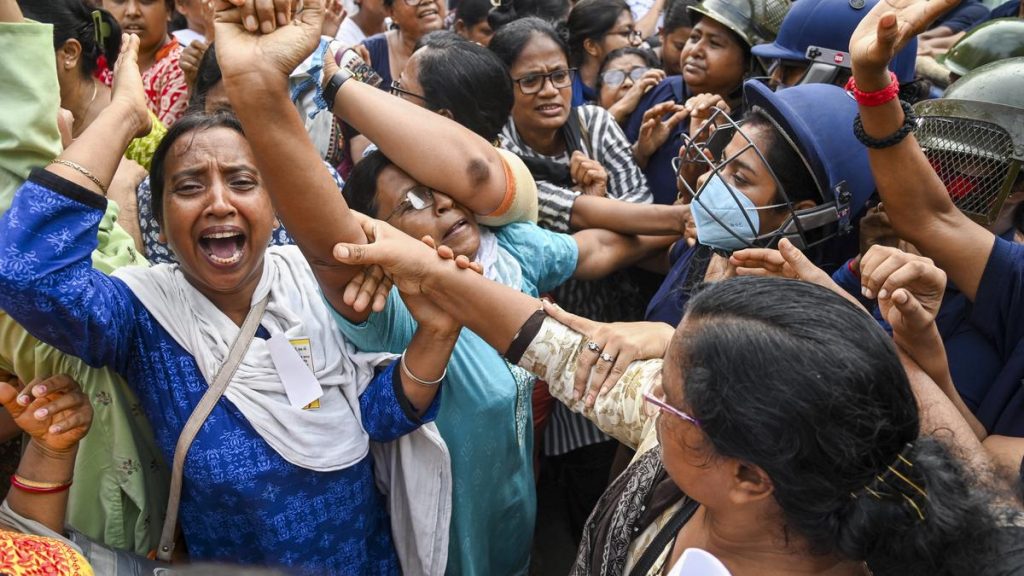Now Reading: India, US Launch Tri-Service Military Exercise in Bay of Bengal
-
01
India, US Launch Tri-Service Military Exercise in Bay of Bengal
India, US Launch Tri-Service Military Exercise in Bay of Bengal

Quick Summary:
- India and the US began their major tri-service exercise, Tiger Triumph, in the Bay of Bengal on Tuesday.
- The two-week-long exercise focuses on military interoperability for humanitarian assistance and disaster relief (HADR),as well as crisis situations.
- Activities include a harbour phase at Visakhapatnam and large maritime and amphibious operations near Kakinada.
- The exercise aims to establish a combined coordination center for seamless cooperation during contingencies.
- Indian forces include warships INS Jalashwa,INS Gharial,INS Mumbai,INS Shakti with helicopters and landing crafts; P-8I aircraft; Army troops from 91 Infantry Brigade and 12 Mechanised Infantry battalion; IAF resources such as C-130J aircraft,Mi-17 helicopters,and a rapid action medical team (RAMT).
- US participation includes amphibious warship USS Comstock, guided-missile destroyer USS Ralph Johnson, Marines, along with its Navy medical team. A joint command centre will also be set up by both nations at Kakinada naval enclave alongside a joint medical camp.
- The Tiger triumph marks the growing scope of India-US strategic military partnerships including exercises like Vajra Prahar (Army) & malabar wargames with Japan & Australia.
Indian Opinion Analysis:
The Tiger Triumph exercise underlines robust defense cooperation between India and the United States amidst evolving geostrategic dynamics in Indo-Pacific regions like the Bay of Bengal. This collaboration reflects shared priorities beyond traditional defense maneuvers-addressing critical areas like HADR protocols vital for disaster-prone regions such as south Asia.
For India’s military landscape specifically, these exercises boost integration across its services while enhancing operational readiness through coordination frameworks like joint command centres established alongside US counterparts-a logical step toward streamlining responses during complex contingencies or crises.
Substantially broader ties-including training under Vajra Prahar or multilateral forums such as malabar-reflect increased alignment within Quad member goals regarding security stabilization across Asia-Pacific waters balancing regional influences diplomatically/militarily without overt escalation markers globally thereof longer-term lasting impacts
























